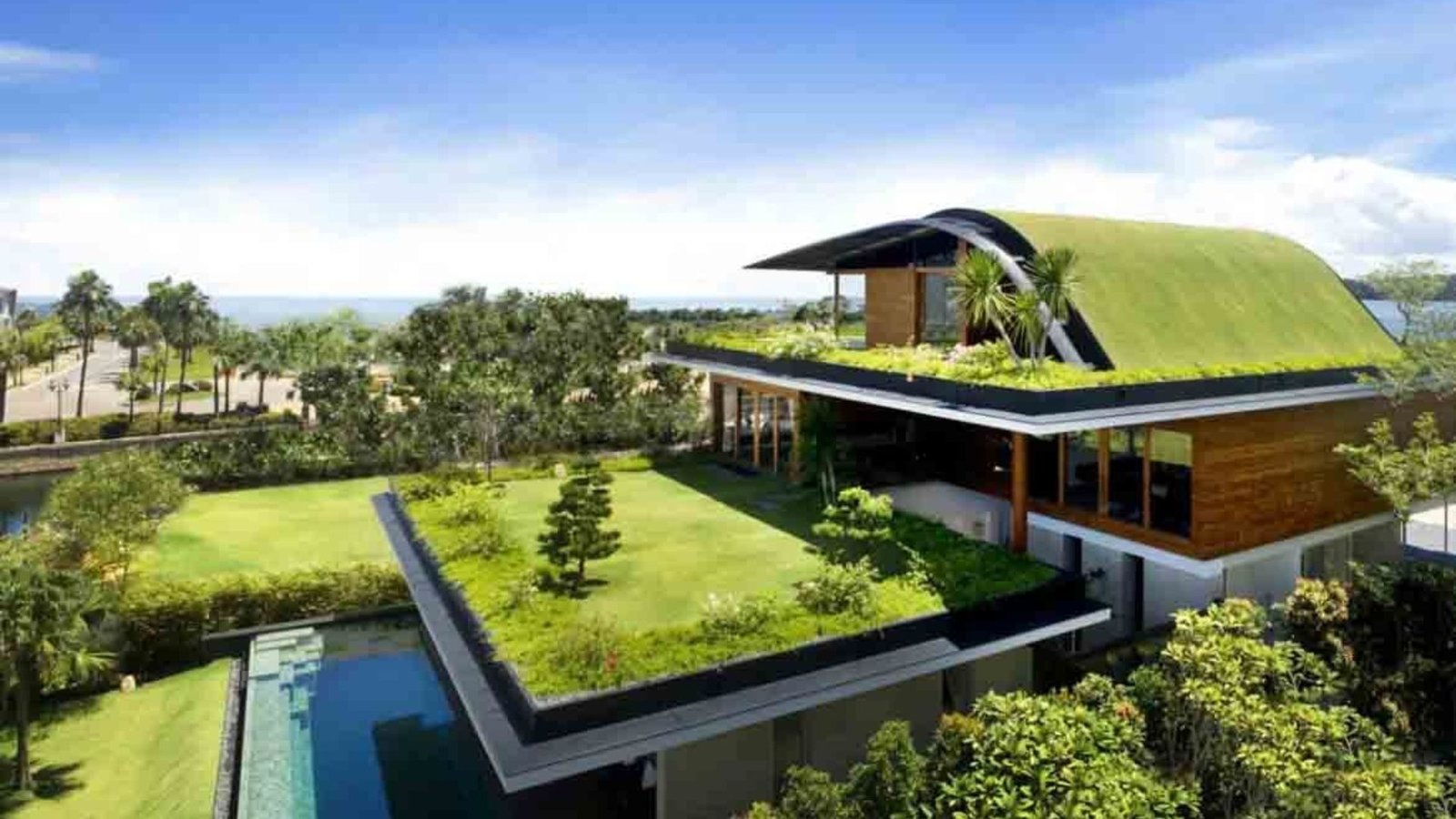Ways to Design Eco-Friendly Buildings
Eco-friendly buildings are more than just a trend; they’re the cornerstone of sustainable living. These buildings are designed and constructed with the environment in mind, minimizing their impact on our planet. In this post, we’ll explore some practical ways to incorporate eco-friendly principles into your next building project, big or small. Whether you’re a seasoned architect or a homeowner embarking on a DIY renovation, there are steps you can take to create a space that’s kind to the Earth.

The Benefits of Eco-Friendly Buildings
Why go green with your building project? There are many compelling reasons to consider:
- Reduced Environmental Impact: Eco-friendly buildings conserve resources like energy and water, leading to a smaller carbon footprint. This translates to less pollution and a healthier planet for generations to come.
- Improved Health and Well-being: Sustainable design often focuses on natural light, ventilation, and healthy materials, creating a living environment that fosters physical and mental well-being. Studies have shown that exposure to natural light can improve mood and reduce stress, while good indoor air quality can lead to fewer respiratory problems.
- Lower Energy Bills: By using energy-efficient features, eco-friendly buildings can significantly reduce your utility costs. Imagine the financial savings you can achieve by harnessing the power of the sun or using less water!
- Increased Property Value: Eco-friendly buildings are becoming increasingly popular with homebuyers and tenants who value sustainability. This means your green building could potentially have a higher resale value or attract higher rental rates.
Building Green from the Ground Up
Here are some ways to incorporate eco-friendly principles throughout the design and construction process of your building:
-
Site Selection: The location you choose for your building can significantly impact its environmental footprint. Opting for a location with access to public transportation or close to amenities like shops and schools can reduce reliance on cars and the associated greenhouse gas emissions. Additionally, preserving existing trees provides natural shade and improves air quality. Working with the existing landscape can also minimize the need for extensive grading or clearing, reducing disruption to the local ecosystem.
-
Sustainable Materials: The materials you choose for your building have a significant environmental impact. Opt for building materials made from recycled content or harvested from renewable resources. Look for materials with low embodied energy, meaning less energy was used in their production. For example, consider using bamboo flooring instead of traditional hardwood, or recycled steel beams instead of virgin steel.
Energy Efficiency: Powering Your Eco-Friendly Building
Once the foundation of your building is green, it’s time to focus on energy efficiency:
- Energy-Efficient Appliances: Choose appliances with high Energy Star ratings to reduce energy consumption. Look for features like automatic shut-off and energy-saving cycles. While the initial cost of an energy-efficient appliance might be slightly higher, the long-term savings on your energy bills will add up.
- Natural Light and Ventilation: Design your building to maximize natural light with strategically placed windows and skylights. This will not only reduce reliance on artificial lighting but also create a brighter and more cheerful living space. Incorporate features that encourage natural ventilation, such as cross-ventilation strategies and operable windows. By allowing fresh air to circulate, you can reduce reliance on air conditioning and create a more comfortable indoor environment.
- Solar Power: Consider installing solar panels on your roof to generate clean, renewable energy for your building. Solar technology has become increasingly affordable and efficient, making it a viable option for many homeowners and businesses. The initial investment in solar panels can be offset by government incentives and long-term savings on your electricity bills. Plus, you’ll be contributing to a cleaner energy grid and reducing your reliance on fossil fuels.
Conclusion
In Conclusion, eco-friendly buildings are not just a fad; they’re a smart and responsible way to build for the future. By incorporating these tips into your building project, you can create a space that’s good for the environment, your wallet, and your health. Remember, every green choice you make, big or small, contributes to a more sustainable future. So, get creative, embrace eco-friendly principles, and watch your dream building become a reality, all while helping to protect our planet for generations to come.



